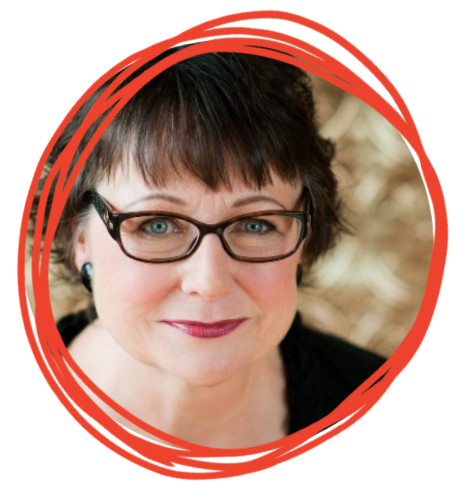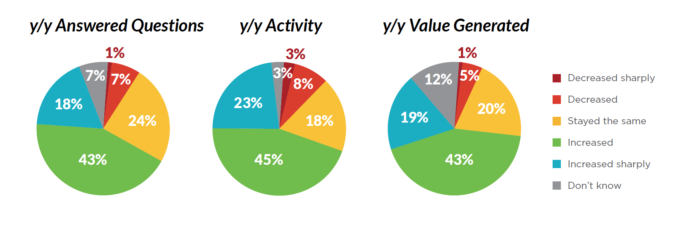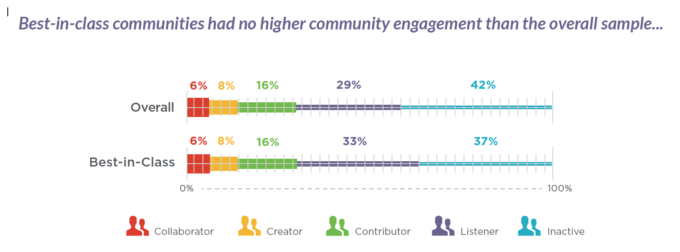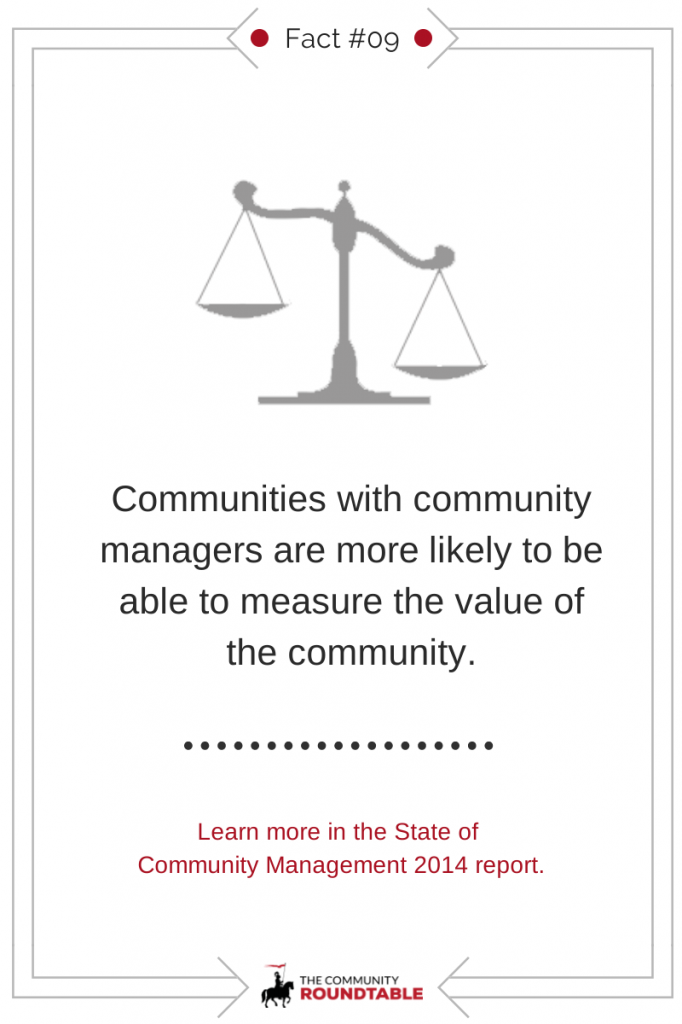Few teams know their community ROI
Our State of Community Management research revealed that despite the high returns we calculated, only 41% of those surveyed say that they are able to calculate value in any way themselves, and only 23% have taken the next step to calculating ROI for their community program. Only 23%!
What’s the big deal about calculating ROI, anyway?
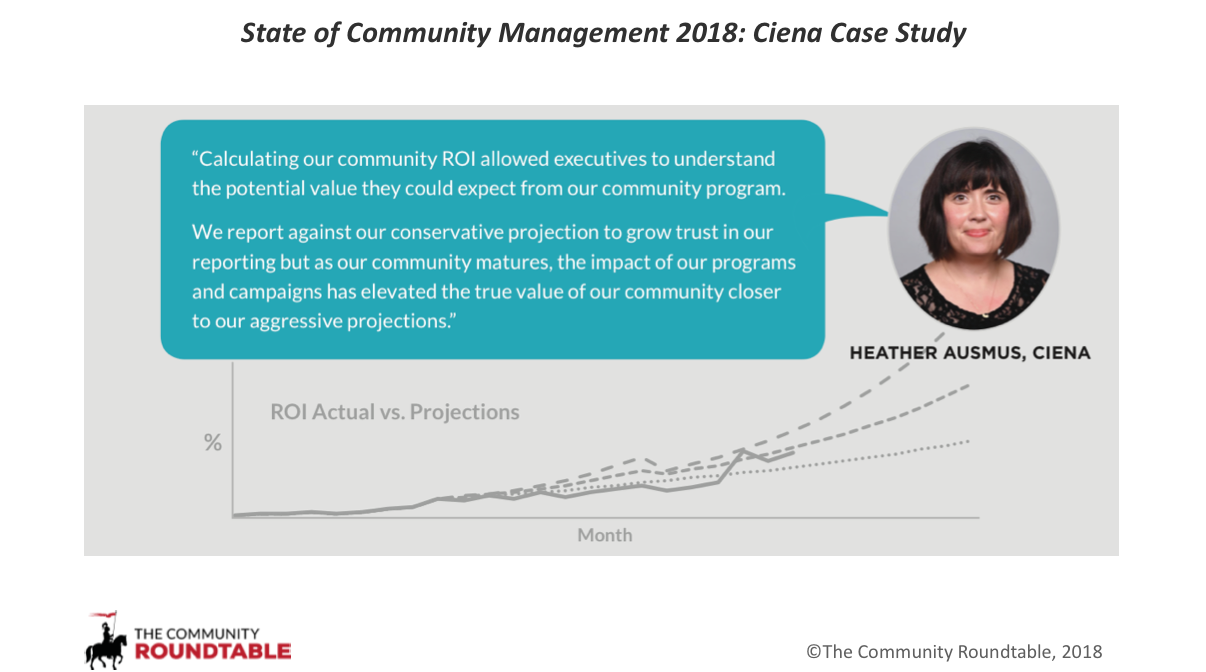 By calculating ROI you demonstrate to stakeholders that they are making a good choice about investing in the community program – and that it is worth more investment. The other, critical, thing it can do is to show how community value has grown historically and how that value is projected to grow in the future, giving them further assurance that they are making a smart financial choice.
By calculating ROI you demonstrate to stakeholders that they are making a good choice about investing in the community program – and that it is worth more investment. The other, critical, thing it can do is to show how community value has grown historically and how that value is projected to grow in the future, giving them further assurance that they are making a smart financial choice.
Evaluating the investment return (ROI) of the community directly connects to increased executive interest, support and investment – which in turn has a massive impact on resource allocation for communities programs. So, why don’t more community programs calculate their ROI?
Our research suggests that there is a lack of business skills on community teams and this gap is a disservice to both the business and the community team. Overwhelmed by supporting value creation, community teams do not have the resources or the time required to measure and report their own success.
Calculating Community ROI: Measuring the Networked Value of Engagement 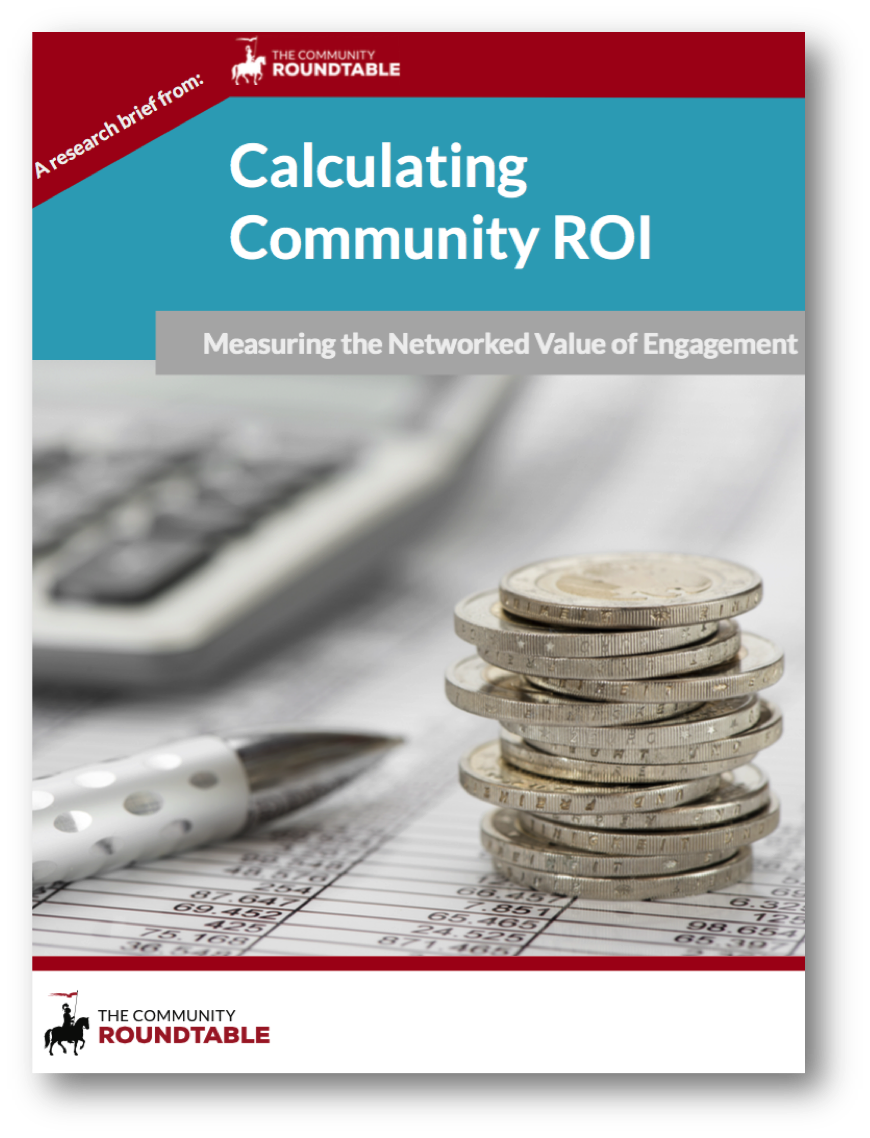
Our research brief, Calculating Community ROI: Measuring the Networked Value of Engagement, explores a simple formula for capturing the ROI of a behavior at the heart of all successful communities: an answer.
No matter what your community use case, questions and answers are its lifeblood. By capturing the value of this single behavior, you capture the lion’s share of the return communities generate. Drilling in on answers highlights the way that communities surface innovations, strengthen networks, highlight best practices, and drive behavior change.
This brief includes The Community Roundtable’s Community ROI calculation as well and approaches to find or estimate the inputs required to calculate it.
The result is a straightforward, understandable formula that focuses the heat of the executive spotlight on the results that matter the most to business outcomes.
